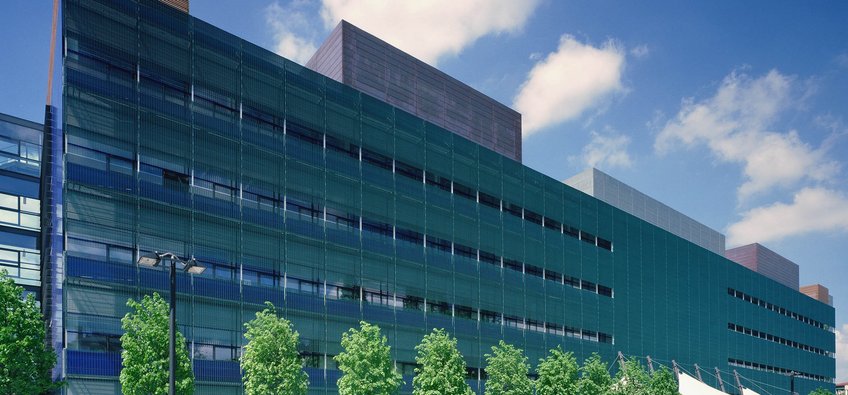
Max Planck Institute of Molecular Cell Biology and Genetics
How do cells form tissues? How do tissues form organs and organisms? Cell and developmental biologists at the Max Planck Institute of Molecular Cell Biology and Genetics in Dresden devote their research to discovering how cell division and cell differentiation work, which structures can be found in cell organelles and how cells exchange information and materials. Physical processes play an important role here; processes which, for instance, influence the movement of molecular motors, such as actin and myosin. Model organisms like the fruit fly, zebrafish, roundworm or mouse, but also organoids – lab-grown miniaturized and simplified tissues or organs – help the more than 20 research groups to find answers to the very basic questions of life. The institute also develops innovative technology approaches necessary for work at the frontier of knowledge. Physicists, mathematicians and computer scientists create theoretical models, thus bringing our work into the field of systems biology. Often, the results of this basic research also provide clues for diagnosis and therapy for diseases such as diabetes, cancer, Alzheimer's disease or retinal degeneration.
Contact
Pfotenhauerstr. 10801307 Dresden
Phone: +49 351 210-0
Fax: +49 351 210-2000
PhD opportunities
This institute has an International Max Planck Research School (IMPRS):
IMPRS for Cell, Developmental and Systems BiologyDoctoral candidates are only accepted through the IMPRS-CellDevoSys selection procedure.













